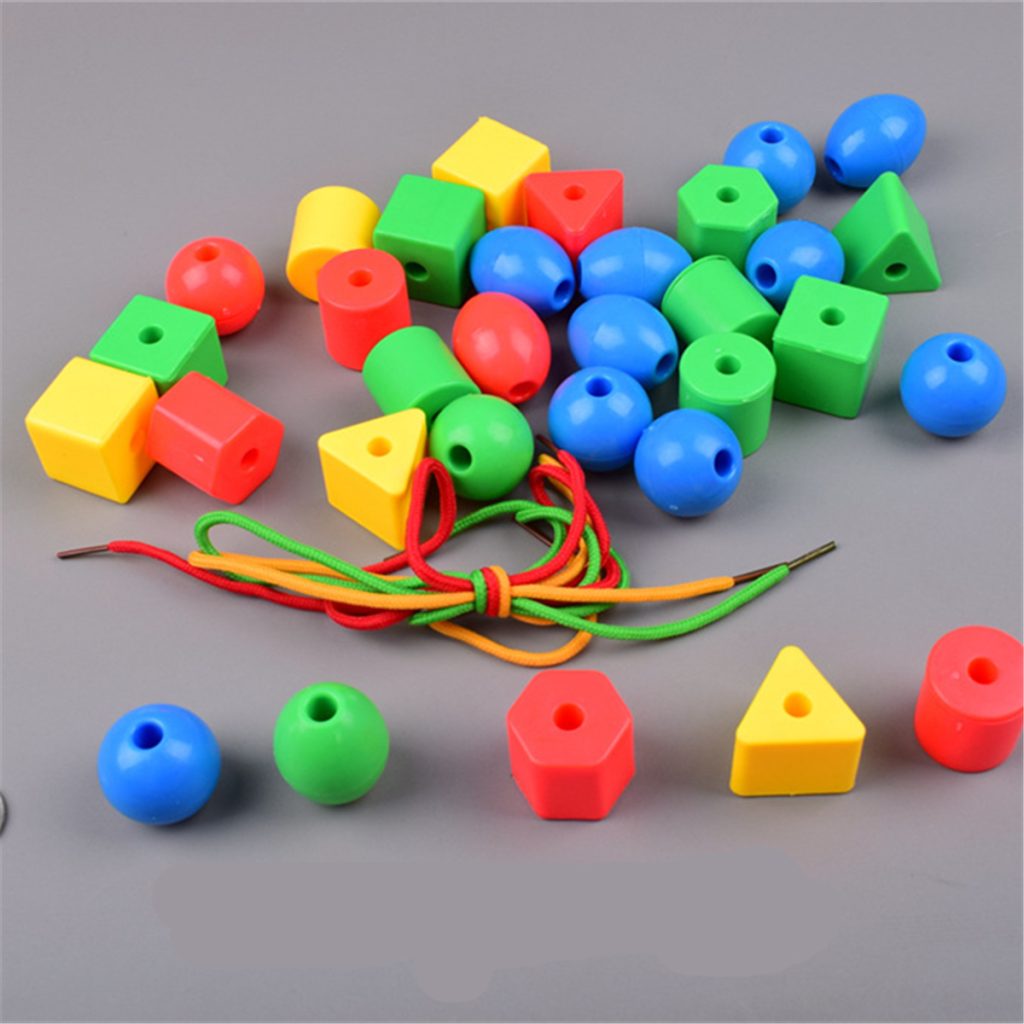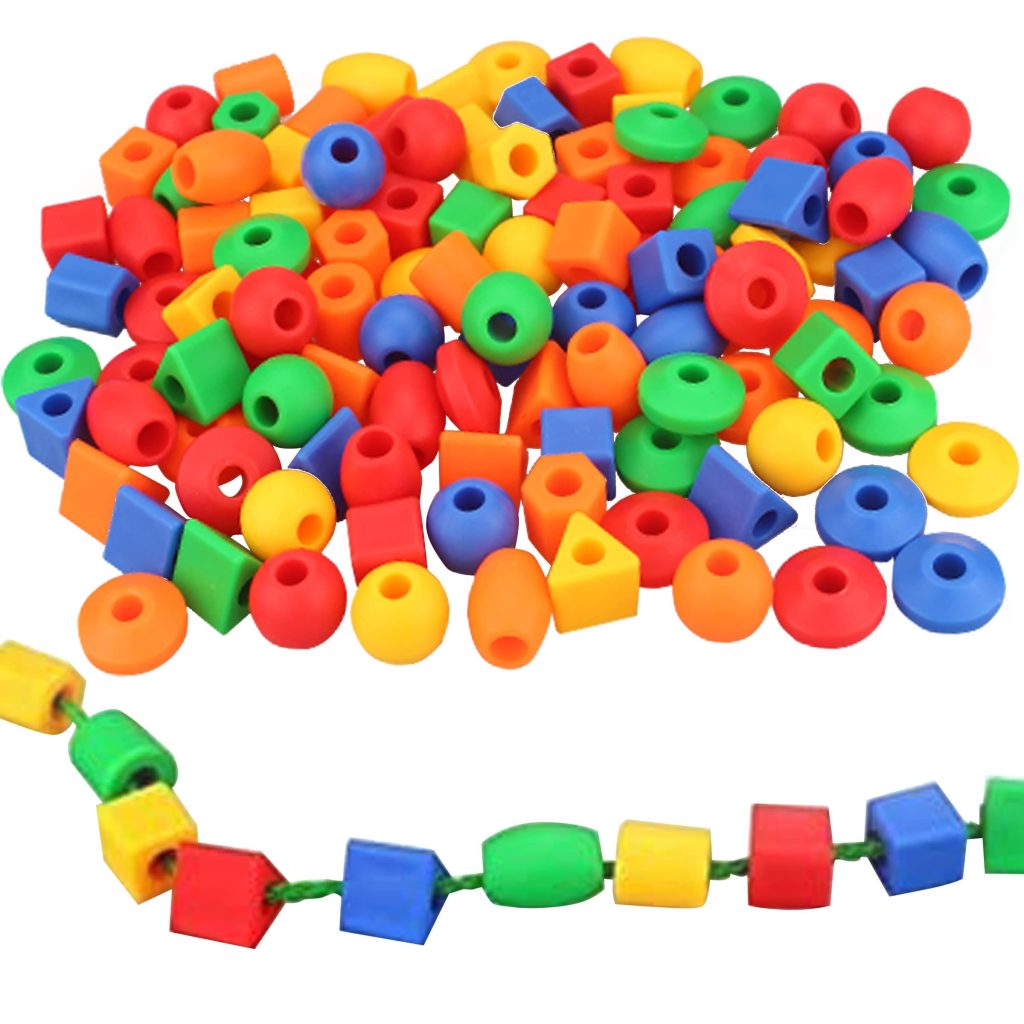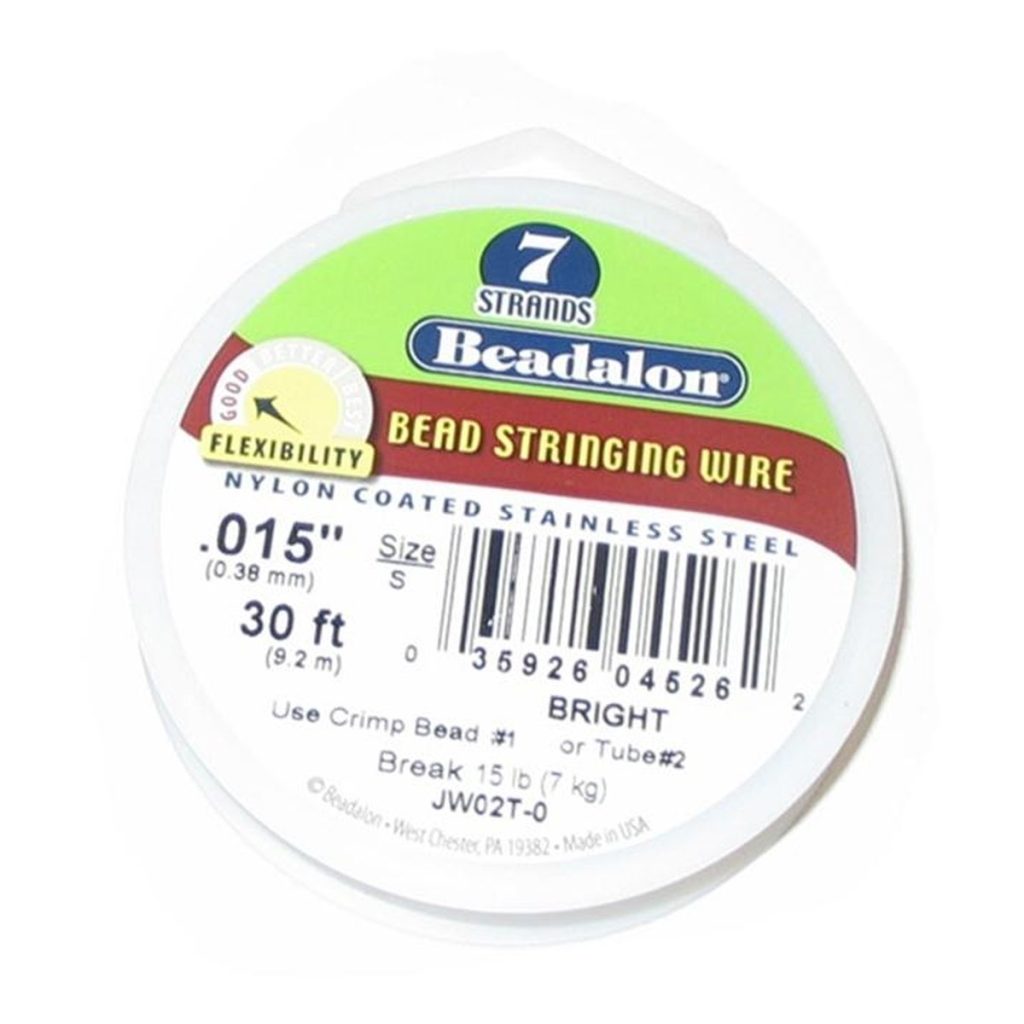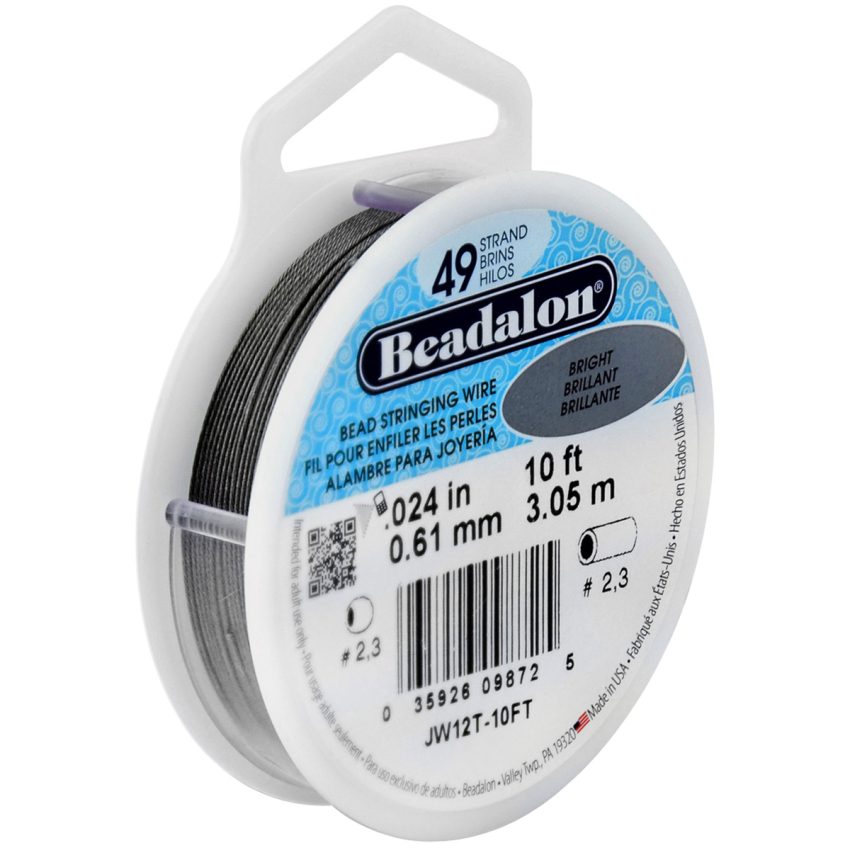Introduction
Bead stringing is an ancient and versatile jewelry-making technique that has stood the test of time, captivating artisans and jewelry enthusiasts alike with its endless possibilities for creativity and self-expression. Whether you’re a seasoned jewelry designer or just starting your beading journey, mastering various beading techniques can elevate your designs from ordinary to extraordinary. This comprehensive guide delves into the fundamentals, essential tools, popular stringing materials, knotting methods, and advanced design concepts to help you create stunning beaded jewelry pieces.

Fundamental Tools and Supplies
Before diving into the world of bead stringing, it’s crucial to gather the right tools and supplies. Here’s a list of essentials:
- Beads: The heart of any beaded jewelry piece. Beads come in various materials like glass, crystal, gemstones, metal, wood, and more, offering a broad spectrum of colors, shapes, and sizes.
- Stringing Material: Choose from nylon-coated wire (like Beadalon or Accu-Flex), silk thread, elastic cord, or leather depending on the design’s durability and flexibility requirements.
- Clasps: Available in numerous styles (lobster clasps, toggle clasps, magnetic clasps, etc.), they secure the ends of your jewelry.
- Crimping Beads/Crimpers: Used with flexible beading wire to secure the clasp onto the strand.
- Needles: Essential for threading beads onto silk or nylon threads.
- Scissors/ Wire Cutters: For cutting thread, wire, or excess material.
- Pliers: Chain-nose, round-nose, and crimping pliers are vital for manipulating findings and finishing touches.
Basic Stringing Techniques
1. Single Strand Stringing
The simplest form of bead stringing involves creating a single strand of beads. Start by measuring and cutting your chosen stringing material to the desired length, leaving extra for finishing. Thread your beads in the desired pattern, attach the clasp using crimp beads and pliers, and trim any excess.
2. Knotting
Knotting between each bead adds a touch of elegance and prevents beads from rubbing against each other or scattering if the strand breaks. Silk thread is commonly used for this technique. After each bead, tie a small knot close to the bead, then move to the next one.
3. Multi-Strand Designs
For a more elaborate look, multiple strands can be combined. Use crimps and jump rings to attach each strand to a multi-strand clasp or a centerpiece finding. Ensure even spacing and tension across all strands for a balanced design.
Advanced Techniques
1. Wire Wrapping
Wire wrapping involves using wire to create decorative elements, links, or to secure beads individually. It adds a unique, handcrafted touch to your pieces. Learn basic loops, wrapped loops, and wire weaving to enhance your designs.
2. Bead Weaving
While not strictly stringing, bead weaving techniques like peyote stitch, brick stitch, and herringbone weave involve passing thread through beads multiple times to create intricate patterns and structures. These techniques allow for complex designs and dimensional pieces.
3. Macramé
Macramé incorporates knots to create patterns and structures, often combined with beads for added embellishment. Techniques like square knotting and half hitch can produce stunning bracelets, necklaces, and even earrings.
Design Considerations
- Color Theory: Play with color combinations to evoke different moods or complement outfit styles.
- Texture and Material Mixing: Combine various bead types for visual and tactile interest.
- Balance and Symmetry: Decide whether your design will have a symmetrical or asymmetrical layout.
- Scale and Proportion: Consider the size of beads in relation to each other and the wearer for comfortable, wearable pieces.
- Personalization: Incorporate charms, initials, or meaningful beads to personalize your creations.

Getting Started with Bead Stringing
1. Introduction to Beads
Beads come in various shapes, sizes, colors, and materials. From glass and gemstones to wood and metal, each bead offers unique characteristics that can elevate your designs.
2. Essential Tools
Before diving into bead stringing, gather essential tools such as:
- Bead Board: Helps in planning designs and measuring lengths.
- Needles: Beading needles come in different sizes for various bead types.
- Thread or Wire: Choose based on bead size and design preference.
- Clasps and Findings: Essential for finishing off your designs securely.
Basic Bead Stringing Techniques
1. Single Strand Stringing
- Step 1: Cut a length of thread or wire, leaving extra for knots and finishing.
- Step 2: Thread a needle, and add a clasp to one end by tying a secure knot.
- Step 3: String beads in desired sequence, ensuring to add spacers or knots as needed.
- Step 4: Finish with a clasp on the other end, securing with knots and crimps.
2. Multiple Strand Stringing
- Step 1: Use a bead board to plan multiple strand lengths.
- Step 2: Cut and prepare multiple threads or wires.
- Step 3: Attach all strands to a clasp using crimps or jump rings.
- Step 4: String beads on each strand separately, ensuring even spacing and symmetry.
- Step 5: Secure all strands together with another clasp at the opposite end.
Advanced Bead Stringing Techniques
1. Knotting Between Beads
- Step 1: String a bead, and tie a knot close to it.
- Step 2: String another bead, and knot again to secure spacing.
- Step 3: Continue until the desired length, finishing with a clasp.
2. Wire Wrapping
- Step 1: Cut a length of wire and create a loop at one end using round-nose pliers.
- Step 2: String beads onto the wire, and create loops or wraps around each bead.
- Step 3: Finish with loops on the other end and attach to findings or chain.
Tips for Perfect Bead Stringing
- Consistency: Ensure beads are evenly spaced for a professional look.
- Tension: Maintain consistent tension to avoid loose or sagging strings.
- Materials: Choose durable threads or wires suited to the bead size and weight.
- Design: Experiment with patterns, color combinations, and bead sizes to create unique pieces.
- Finishing: Always secure ends with knots, crimps, or wire guards to prevent unraveling.
Troubleshooting Bead Stringing Issues
- Thread Breakage: Use thicker or stronger thread for heavier beads.
- Uneven Spacing: Use a bead board or spacer beads to maintain consistency.
- Clasp Issues: Ensure clasps are securely attached with crimps or jump rings.

Incorporating Texture
Mixing beads with varying textures—smooth against rough, shiny paired with matte—can create visually engaging pieces. Consider combining polished glass beads with raw stone chips or smooth pearls with twisted wire accents.
Wire Wrapping and Beaded Links
Take your designs to the next level by incorporating wire wrapping techniques. Create custom beaded links, pendants, or charms by wrapping beads onto wire and connecting them with jump rings. This method not only adds complexity to your designs but also allows for more customization and freedom in shaping your jewelry.
Multi-Strand Designs
Layering multiple strands of beads can result in rich, opulent pieces. Experiment with different lengths, colors, and textures for a cascading effect. Using a multi-strand clasp ensures a professional finish and keeps the strands organized.
Advanced Techniques
For those seeking to push their skills further, consider:
- Kumihimo Braiding: A Japanese technique involving the braiding of cords, often incorporating beads for a stunning woven effect in necklaces and bracelets.
- Ladder Stitch, Peyote Stitch, or Herringbone Stitch: These off-loom bead weaving techniques open up a world of intricate patterns and structures beyond simple stringing.
- Macramé: Combining knotting techniques with beads can result in bohemian-style jewelry with a unique handmade touch.
Conclusion
Mastering bead stringing techniques opens doors to a world of creative expression and personal satisfaction. From simple single-strand necklaces to intricate woven masterpieces, each project is an opportunity to explore your artistic vision. With practice, patience, and experimentation, you’ll develop a style unique to you, crafting jewelry pieces that are not only beautiful but also infused with your passion and creativity. So, gather your tools, select your beads, and embark on this fulfilling journey of beading craftsmanship.
